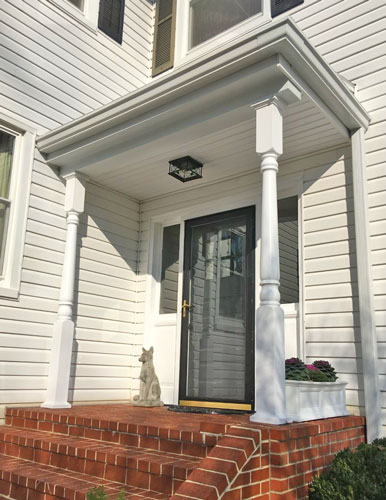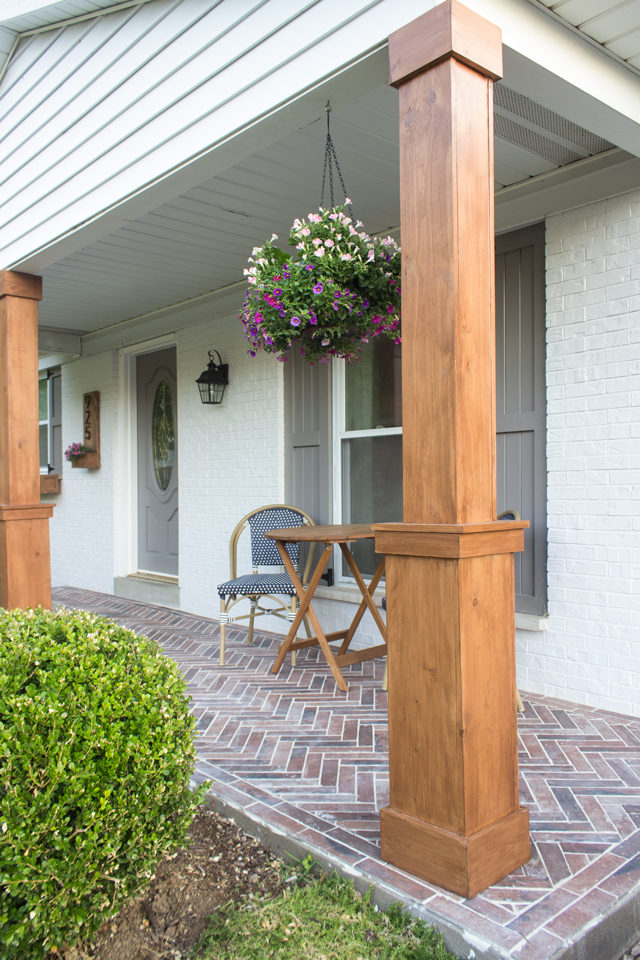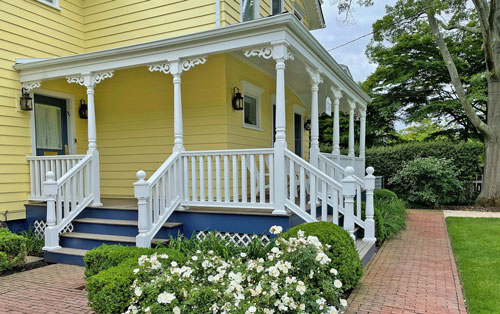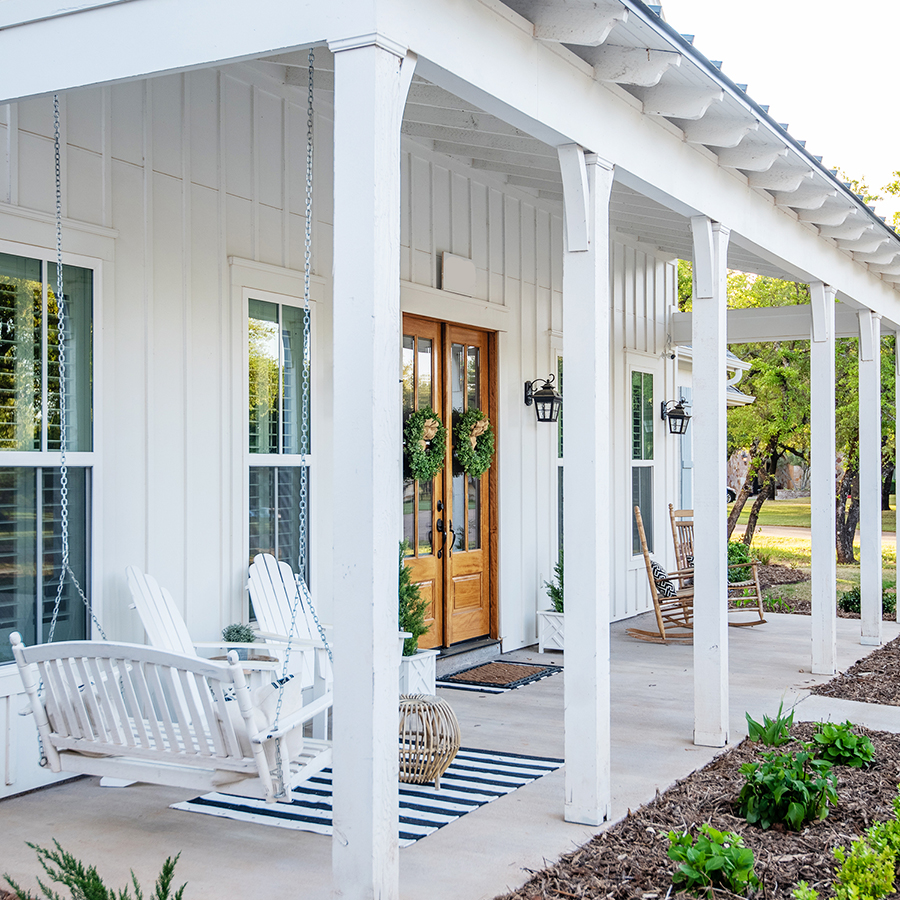Porch posts are more than just structural elements; they can elevate your home’s aesthetic and provide an inviting atmosphere. In this comprehensive guide, we’ll explore various styles, materials, installation tips, and much more regarding decorative porch posts.
What Are Decorative Porch Posts?
Decorative porch posts serve both functional and aesthetic purposes. They support the roof of the porch while enhancing the visual appeal of your home. Whether you live in a modern abode or a rustic cottage, there’s a decorative post style to suit your preference.
Why Choose Decorative Porch Posts?
Choosing decorative porch posts can significantly impact your home’s exterior. Here are some reasons to consider them:
- Enhanced Curb Appeal: Decorative porch posts instantly improve the look of your home.
- Versatile Styles: They come in various designs to complement your architecture.
- Increased Property Value: An attractive exterior often boosts property value.
Popular Styles of Decorative Porch Posts
Traditional Porch Posts
Traditional porch posts often feature simple lines and classic designs. They are typically made of wood, giving them a warm, inviting look.
Modern Porch Posts
For a clean, contemporary feel, modern porch posts utilize sleek lines and materials like metal and fiberglass. They often have geometric designs that stand out.
Rustic Porch Posts
Rustic porch posts are characterized by their rough-hewn appearance. These are perfect for farmhouse-style homes and often use reclaimed wood.

Victorian Porch Posts
Victorian porch posts are ornate and detailed, often featuring intricate carvings and decorative brackets. They add a touch of elegance to any home.
Materials for Decorative Porch Posts
When choosing decorative porch posts, the material is crucial for both durability and aesthetic appeal. Here are some popular options:
| Material | Pros | Cons |
|---|---|---|
| Wood | Natural aesthetic, easy to work with | Can rot or warp over time |
| Fiberglass | Durable, resistant to rot and insects | Higher upfront cost |
| Metal | Modern look, highly durable | Can be prone to rust if not treated |
| Polyurethane | Lightweight, weather-resistant | Less traditional look |

How to Choose the Right Decorative Porch Posts
Choosing the perfect decorative porch posts involves several considerations:
1. Architectural Style
Your porch posts should complement your home’s architectural style. For example, a Victorian home might benefit from ornate posts, while a contemporary house may look better with sleek metal options.
2. Material Durability
Consider the climate and choose materials that will withstand the elements in your area.

3. Color and Finish
Choosing the right color and finish can either highlight your porch posts or help them blend into your house’s exterior.
4. Budget
Decide your budget beforehand. While elegance and beauty matter, staying within your budget is equally essential.

Installation Tips for Decorative Porch Posts
Preparation and Tools Needed
Before installation, gather the essential tools:
- Measuring tape
- Level
- Drill
- Screws and anchors
- Concrete mix (if needed)
Step-by-Step Installation Process
- Measure & Mark: Measure the location where the post will be placed. Mark the area accurately.
- Prepare the Base: If installing on concrete, ensure a solid foundation with concrete mix.
- Install the Post: Position the post and secure it with screws or anchors.
- Check for Level: Use a level to ensure the post is straight. Adjust as necessary.
- Finish Up: Ensure any paint or finish is applied for protection against the elements.

Maintenance of Decorative Porch Posts
Regular maintenance ensures the longevity of your decorative porch posts:
Wood Posts
Check for signs of rot and repaint as necessary.
Metal Posts
Inspect for rust and treat with appropriate anti-rust products.
Fiberglass Posts
A simple wash with soap and water will usually suffice.
Pros and Cons of Decorative Porch Posts
Pros
- Enhances curb appeal
- Variety of styles and materials
- Potentially increases home value
- Offers structural support

Cons
- Can be costly depending on materials
- Wood posts may require more maintenance
- Installation may be challenging for DIYers without experience
Cost of Decorative Porch Posts
The cost of decorative porch posts can vary widely based on material, design, and size. Here is a quick comparison:
| Material | Average Cost per Post |
|---|---|
| Wood | $50 – $150 |
| Fiberglass | $100 – $300 |
| Metal | $80 – $200 |
| Polyurethane | $50 – $120 |

Conclusion
Decorative porch posts are an excellent addition for anyone looking to enhance their home’s curb appeal. By understanding the different styles, materials, and installation processes, you can make an informed decision that complements your home beautifully. Remember, the right porch posts not only showcase your style but also contribute significantly to the overall charm of your home.
Frequently Asked Questions (FAQs)
1. What are the best materials for porch posts?
The best materials depend on your style and local weather conditions. Wood, fiberglass, metal, and polyurethane are all popular choices.
2. How do I maintain my decorative porch posts?
Routine maintenance varies by material; wood may need repainting and inspections for rot, while metal may need rust treatment.
3. Can I install decorative porch posts myself?
Yes, but ensure you have the right tools and follow installation guidelines carefully to ensure structural integrity.
4. How much do decorative porch posts cost?
Prices range from $50 to $300 per post, depending on the material and design complexity.
5. Do decorative porch posts require permits for installation?
It depends on your local regulations. It’s best to check with your local building authority before proceeding with installation.